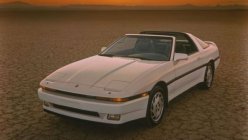We Filipinos have a special place in our hearts when it comes to classics. Whether it’s tradition, food, or lifestyle choice, there’s always something about the classics that make us appreciate it a lot. That’s why even in this fast-paced lifestyle where innovation is happening every day, we still continue to patronize the classics.
But even though classics are indeed “irreplaceable,” there are tons of reasons why people should move on from using some of the “classics” that are still available today. This mainly concerns two things – safety and convenience.
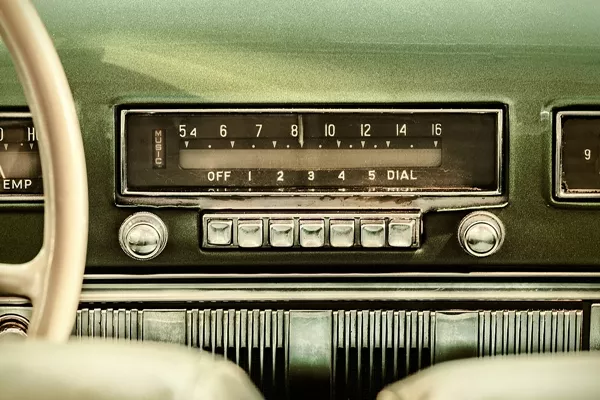
We Filipinos have a special place in our hearts when it comes to classics
This is primarily true in the vehicle and automotive industry. As much as we’d hate to say it, older vehicles are less safe and less efficient than the modernized cars today.
Even if you are able to crank a new set of seatbelts into your ancestral ride, we’re sure you won’t be able to add a lane departure warning to it. And even if you were able to upgrade your air conditioning system successfully, you’re going to need a tremendous amount of luck to make the car stereo level with the modern in-car sound systems today. Continue reading this article from Philkotse.com to know more!
1. Your classic car radio
The very first FM/AM car radios were non-existent until they debuted in the 1950s. Even in the 1980s, AM-only radios were still available in both cars and trucks. However, the more relatable “car stereo” was introduced in the 1960s. This is the time when car audio systems started having separate left and right channels.
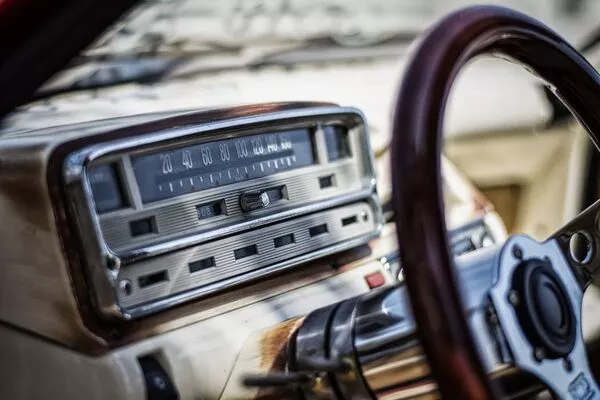
The more relatable “car stereo” was introduced in the 1960s
Even though it seems easy to update your classic car radio, there is actually one huge barrier to this possibility. The aftermarket car radios that are available today mostly comply with the DIN standards.
The problem is that the car radios that were used in cars way before 1980 came in all sorts of shapes and sizes. That’s why even though replacing the head unit in a typical car today would be easy as pie, it wouldn’t be the same for a classic vehicle.
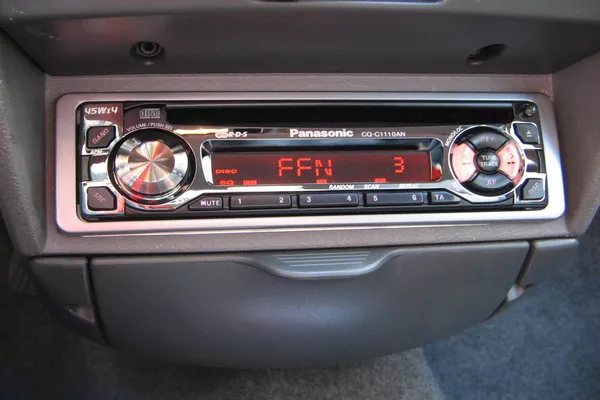
The aftermarket car radios that are available today mostly comply with the DIN standards
>>> Related: What you need to know about old school cars in the Philippines
2. The problem with your classic car radio
Whether your classic car is equipped with a cassette deck, a classic car radio unit, or an eight-track player, it’s still classified as a “car radio.” The modern media formats are also tempting, not to mention they’re also more portable. This can really entice anyone even though you told yourself you'd be sticking with the classics.
So if you want to experience listening to MP3s, CDs and/or Internet radio, you can actually do so. In fact, they're actually a few ways to do it. The best part is that you don’t even have to sacrifice your classic dash’s OEM look.
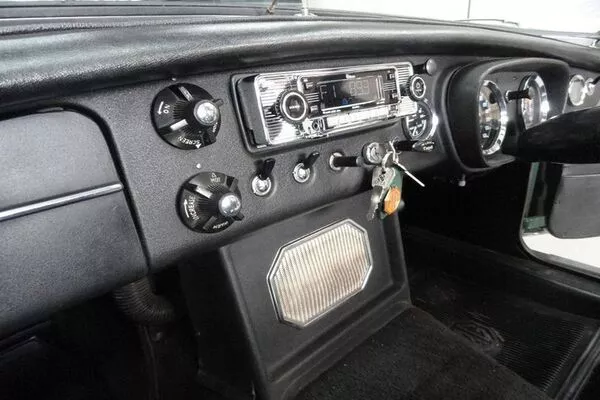
Classic car radios and classic dashes don’t really work well with modern DIN standards
However, you will come across a few problems. One of the most common ones is that classic car radios and classic dashes don’t really work well with modern DIN standards. Most of the classic cars with classic radios that survived until today are integrated snuggly into the dash.
Even their modular models commonly use a shaft style radio. This is rarely used in cars today. We’re not even surprised if you’ve never actually seen one.
>>> Also check: 6 common elements to consider when reviving an old car.
The classic cars that have a “shaft style” radio will usually have two tiny holes. These are intended for the shafts. There should also be a tiny rectangular hole right in the middle. If you’re determined to fit a DIN head unit here, there’s a 9 out of 10 chance that you will cut into the dash.
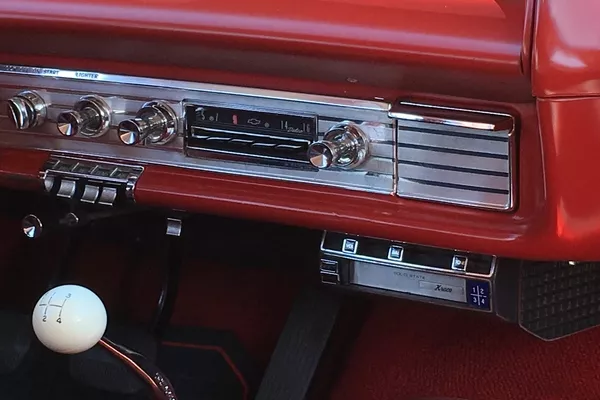
The classic cars that have a “shaft style” radio will usually have two tiny holes
3. Replacing your classic car radio with standard DIN unit
Even though it seems practically impossible, there are actually times that you can replace a classic radio with a modern standard DIN aftermarket unit. Experts usually do this by mounting the new stereo just under the dash. It may not be as neat as before, but this also has benefits and drawbacks.
The main advantage is that you can enjoy all the modern features of contemporary aftermarket units without ripping out your dash. The drawback is aside from looking odd, it may also get in the way. You may find it hard to reach for buttons or see gauges. This depends on how large and bulky the head unit is.

The drawback is aside from looking odd, it may also get in the way
If you decided to tuck it further under the dash, you might be able to hide it in plain sight. You can also do this, so you can see everything that’s on your dash. However, you would also need to reach under the dash whenever you want to operate it. Distractions while driving is extremely dangerous. That’s why we highly advise against operating the unit if it’s located under the passenger’s dash area.
When it comes to the wiring, the experience depends largely on the classic car that you have. If the system is a little more agreeable for your head unit, you should be able to use the same components. These can be the antenna connections, the power, and even the speaker wiring. If your vehicle is shipped with a mono radio, you will have to invest in a couple of new speaker wires.
>>> You might want to know: Top 7 reasons to keep an old car.
4. Your two options for replacing your classic car radio
If you’re not in a hurry when it comes to installing your new DIN head unit, you can explore these two other options. The first option is bound to work with almost all the classic cars out there. This is regardless of the car year, model, and make. This option is called the “hideaway.”
These types of stereos are designed to be literally hidden away. You can keep the unit in your glove box or under the seat. The good thing about this is that you won’t have to sacrifice your classic radio. You can leave it as it is for aesthetic purposes. The hidden stereo will be the unit that’s connected to the antenna, speakers, and power instead of the old unit.
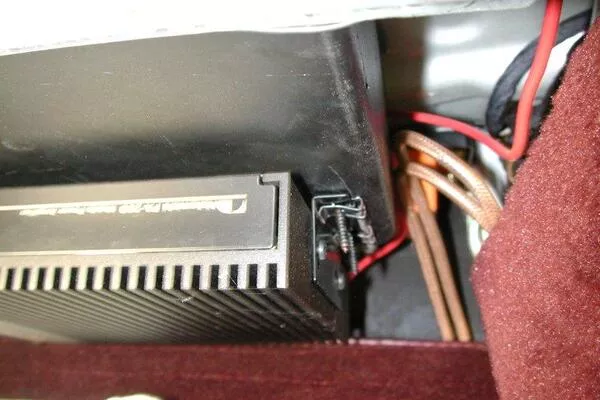
You can keep the unit in your glove box or under the seat
The second option is by using a semi-universal car radio replacement kit. You will also need a faceplate kit specifically designed for your vehicle type and make. These usually follow the typical shaft style design. The only drawback is that you may have a hard time finding one for your car that can actually play CDs.
>>> Check out: 7 things you need to know about classic cars.
Recent posts
- Must-know tips to choose the best aftermarket car head units Aug 09, 2022
- Customizing the car audio system: 7 tips for Filipino drivers Mar 18, 2019
- Your old beloved car - To sell or not to sell? Jul 31, 2018
- Vintage cars in the Philippines: Gains & losses Jul 21, 2022
- Best in-car entertainment ideas to fight boredom while in a long drive Oct 31, 2017


